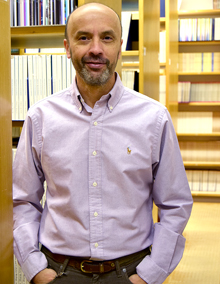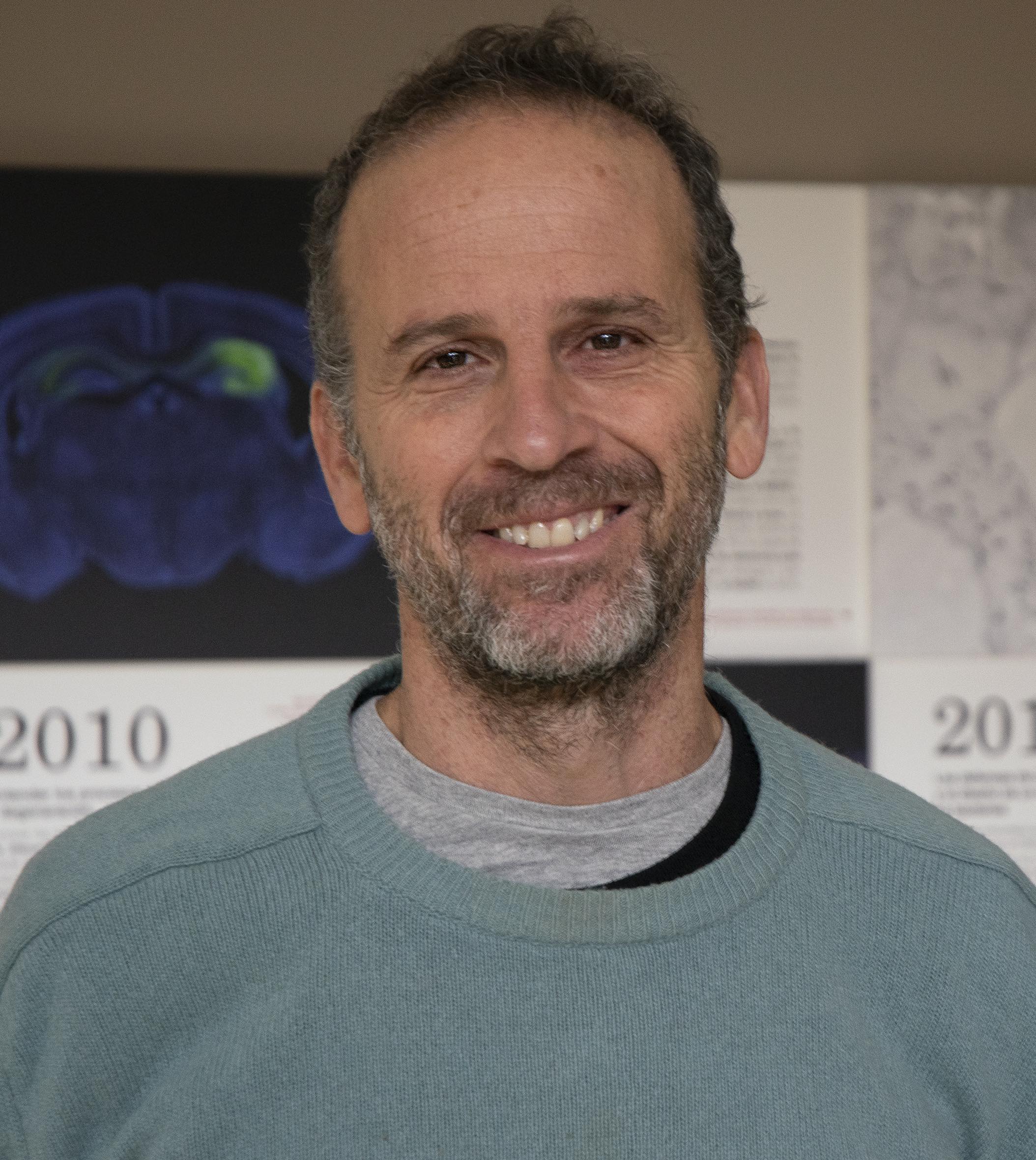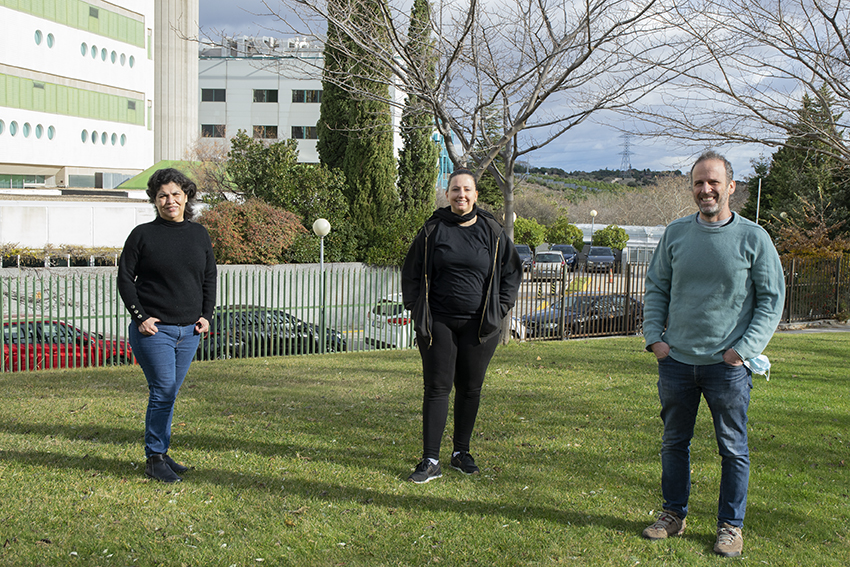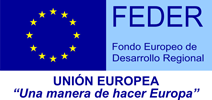José J. Sánchez Serrano
Group Leader
Enrique Rojo
Group Leader
Research summary
In our group we are interested in understanding how the progeny from stem cells decides between retaining pluripotency or initiating cell differentiation. We have characterized two genes in Arabidopsis, IYO and RIMA, which are core components of a switch activating cell differentiation in plants. We are now studying how this switch is regulated by developmental and extrinsic signals and what output of the switch is responsible for triggering differentiation. In addition to improving our understanding of plant development, our research could provide technology for targeting important traits such as organogenesis or regeneration capacity.
Publications
Chen L, Zhao M, Wu Z, Chen S, Enrique Rojo E, et al. RNA polymerase II associated proteins regulate stomatal development through directly interacting with the stomatal transcription factors in Arabidopsis thaliana. New Phytol. (2020).
Contreras R, Kallemi P, González-García MP, Lazarova A, Sánchez-Serrano JJ. Identification of domains and factors involved in MINIYO nuclear import. Front Plant Sci 2019; 10.
Delgadillo MO, Ruano G, Zouhar J, Sauer M, Shen J, et al. MTV proteins unveil ER- And microtubule-associated compartments in the plant vacuolar trafficking pathway. Proc Natl Acad Sci USA 2020; 117: 9884-9895.
Taurino, M., Costantini, S., De Domenico, S., Stefanelli, F., Ruano, G., Delgadillo, M.O., Sanchez-Serrano, J.J., Sanmartin, M., Santino, A., and Rojo, E. SEIPIN Proteins Mediate Lipid Droplet Biogenesis to Promote Pollen Transmission and Reduce Seed Dormancy. Plant Physiol 2018 176, 1531-1546.
Lynch, C.J., Bernad, R., Calvo, I., Nobrega-Pereira, S., Ruiz, S., Ibarz, N., Martinez-Val, A., Grana-Castro, O., Gomez-Lopez, G., Andres-Leon, E., Espinosa Angarica, V., Del Sol, A., Ortega, S., Fernandez-Capetillo, O., Rojo, E., Munoz, J., and Serrano, M. The RNA Polymerase II Factor RPAP1 Is Critical for Mediator-Driven Transcription and Cell Identity. Cell Rep 2018, 22, 396-410.
Munoz, A., Mangano, S., Gonzalez-Garcia, M.P., Contreras, R., Sauer, M., De Rybel, B., Weijers, D., Sanchez-Serrano, J.J., Sanmartin, M., and Rojo, E. RIMA-Dependent Nuclear Accumulation of IYO Triggers Auxin-Irreversible Cell Differentiation in Arabidopsis. Plant Cell 2017 29, 575-588.
Our group studies how plants adjust their growth and development to changes in the environment, and, in particular, to challenges from pests and pathogens. These are some of the questions we are currently investigating:
1) How is stem cell differentiation initiated in plants? Our working hypothesis is that nuclear migration of the Arabidopsis proteins IYO and RIMA functions as a switch to reprogram the transcriptome and trigger stem cell differentiation. We are studying how IYO/RIMA nuclear localisation is controlled by developmental and environmental cues and how IYO and RIMA activate downstream targets to drive cell differentiation.
2) What are the mechanisms of vacuolar trafficking in plants ? Through a genetic screen, we are characterizing genes involved in protein transport to the vacuole and addressing the role of this organelle in plant development and defence.
3) Do non-vascular plants activate systemic wound responses and if so, how? Considering that in higher plants wound signals are transmitted through the vasculature, these studies could provide important clues on the development of systemic signalling systems during the evolution of land plants.
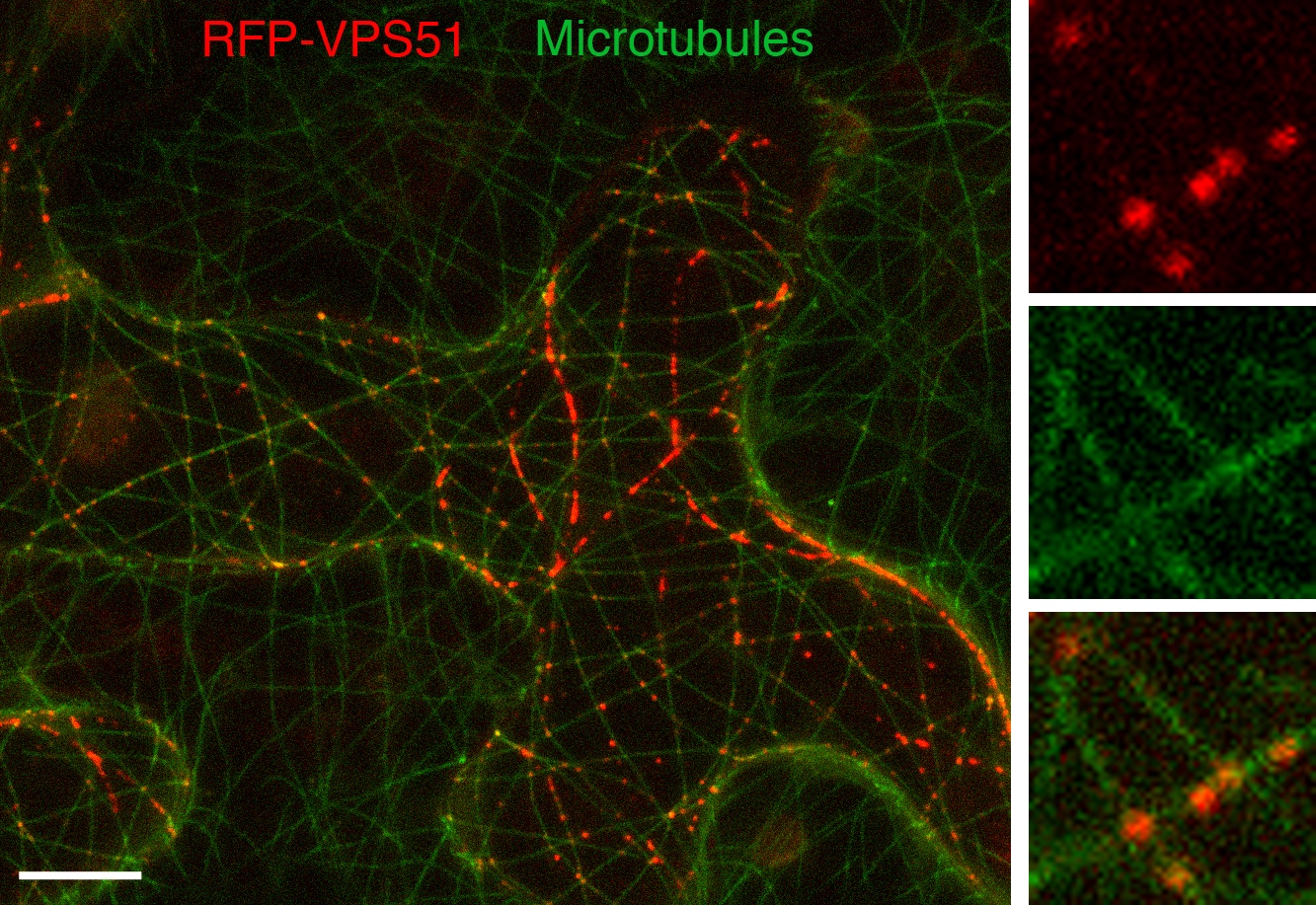
VPS51 localizes to Microtubule-Associated Compartments. Max. intensity projection of serial confocal images (depth: 10 µm) of Nicotiana benthamiana epidermal cells co-transformed with pUBI:RFP-VPS51 and the microtubule marker GFP-MAP4. Scale bar: 10 µm.


